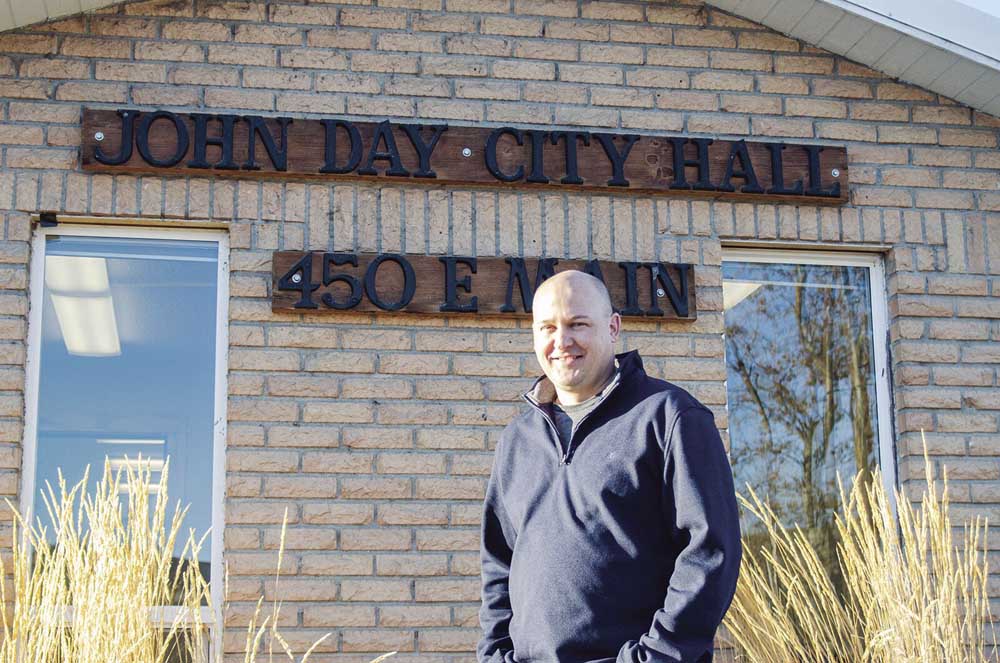A case of education
Published 5:00 pm Thursday, March 13, 2014
First-year law student Sharia Mayfield has grown up attending trials with her father, a Portland lawyer.
But she still relished an opportunity to witness the Oregon Supreme Court in action Thursday at the University of Oregon School of Law.
“For law students, you get to see the in-court interactions and you can prepare yourself for the same environment,” said Mayfield, 22, a student at the university.
All seven justices of the Oregon Supreme Court paid their annual visit to the university to hear two cases before an audience of first-year law students and others.
Mayfield said she enjoyed watching the respondent and appellant argue their cases in State vs. Hickman, the first case of the morning. It involved a Court of Appeals decision that could reverse and remand Jerrin Lavazie Hickman’s murder conviction based on two in-court witness identifications at his trial.
Ryan Scott, representing Hickman, and Andrew Lavin, representing the state, weighed the credibility of the in-court identifications and their effect on the jury, largely because the two witnesses didn’t identify a suspect prior to the trial.
Mayfield felt both attorneys presented their arguments well. “They had good composure and were able to (step away) from their notes and answer questions, and then come back into their notes,” she said.
Observing the courtroom interactions will be especially helpful, she said, when all first-year students write a hypothetical appellate brief and present an oral argument for class in a few weeks.
After the arguments concluded, the floor opened for a student-led question-and-answer period on any topic — except the case at hand, which the justices can’t address because their comments could be deemed prejudicial.
Instead, Mayfield and her fellow students probed justices about their undergraduate degrees, work histories and courtroom advice.
Some of the more casual and candid responses from the justices elicited laughter from students. When asked about his path to the law, Justice Jack Landau said he initially aspired to be a musician.
“That was an utter failure,” he quipped.
In response to other questions, the justices advised students that to argue effectively, they need to listen carefully to questions from justices and to answer each one fully.
Justice David Brewer reminded students that every case is different.
“Never assume you know something because you’ve seen it before in a different context,” he said.
The second case, Doyle vs. City of Medford, addressed whether Oregon law provides retired public employees a civil remedy for the breach of the duty to make group health insurance coverage available to retirees.
Professor Megan McAlpin, who teaches first-year students and helped organize Thursday’s event, said the justices typically try to bring cases that the students will be interested in hearing.
McAlpin called the annual Supreme Court visit “a really incredible experience for students” — particularly because when they complete their appellate brief and oral argument assignment, “They will be practicing doing exactly what these lawyers were doing.”
The second case was followed with another question-and-answer session and then a luncheon where the justices changed out of their robes and joined students for a meal.
John Bain, a first-year law student, said he benefited from seeing the question-and-answer dynamic between attorneys and justices throughout the cases.
“It’s cool to see what we’re learning in action,” he said.
Follow Kelsey on Twitter @kelseythalhofer. Email kelsey.thalhofer@registerguard.com.




